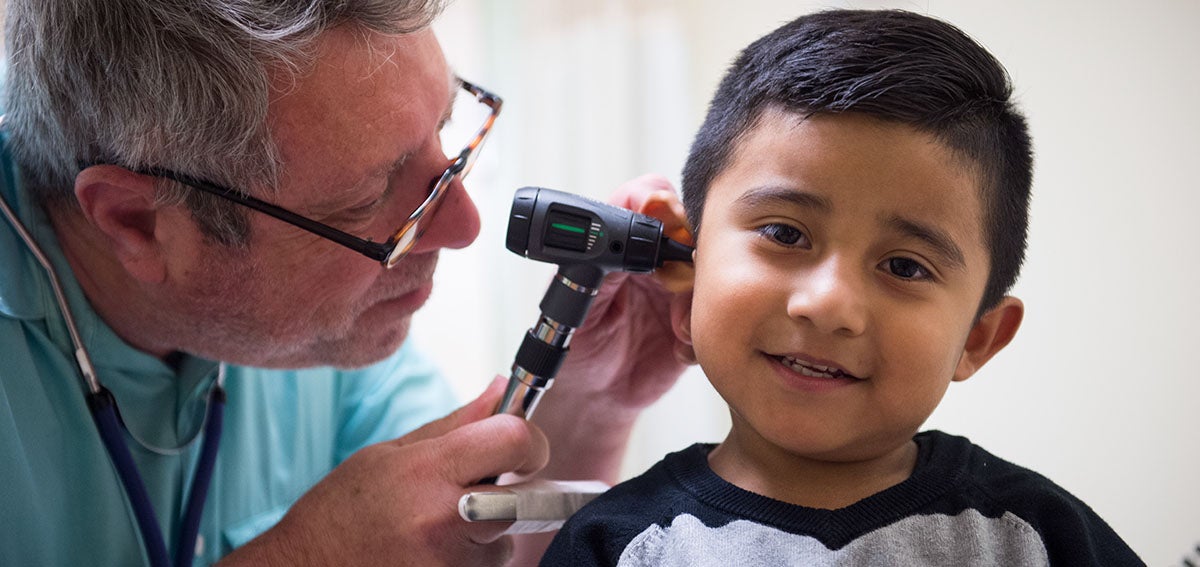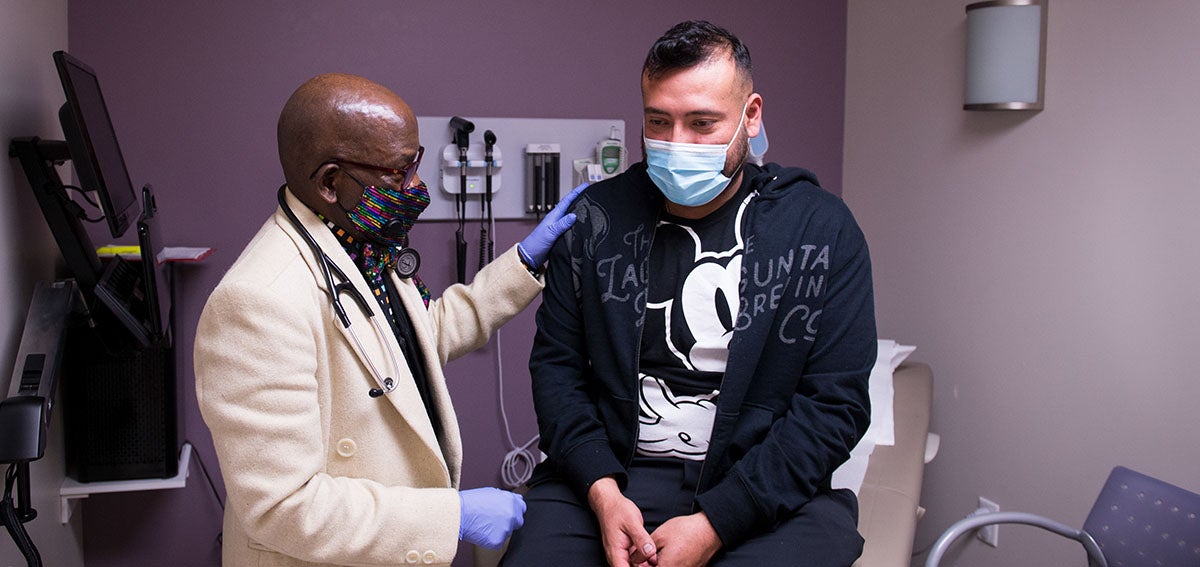A wide range of initiatives in California are helping to push toward a greater focus on primary care. Here are some examples:
- California’s Health Care Affordability Board approved two related primary care investment benchmarks in October 2024: 1) a statewide investment benchmark of 15% of total medical expense (TME) allocated to primary care for all payers by 2034; and 2) an annual improvement benchmark of 0.5-1 percentage point per year increase in primary care spending as a share of TME for each payer for years 2025-2033. The Office of Health Care Affordability (OHCA) will measure and report on primary care investment, with the first data collection in 2025 for reporting in 2026; the benchmark is not enforceable. (OHCA’s primary care benchmark is distinct from the statewide health care spending target, set at 3.5% for 2025 and phasing down to 3.0% for 2029, which is enforceable.)
- The Equity and Practice Transformation Payments Program, created by the California Department of Health Care Services, is providing $140 million over three years on a one-time basis to support primary care practices engaged in delivery system transformation. A total of 205 practices were selected in January 2024; the directed payment program provides each practice with an opportunity to earn a maximum payout based on number of Medi-Cal lives and successful completion of milestones. The Population Health Learning Center is serving as the program office for the program, leading the statewide learning collaborative and provision of technical assistance.
- Medi-Cal rates for primary care providers increased to 87.5% of Medicare rates, effective January 1, 2024. The Targeted Rate Increase, which applies to both fee-for-service providers and those contracted with Medi-Cal managed care plans, represents significant progress in the effort to increase investment in primary care. The increase was funded through a new Managed Care Organization (MCO) Provider Tax and by the Centers for Medicare & Medicaid Services. In November 2024, California voters approved Proposition 35, making the MCO tax permanent and invalidating additional Medi-Cal provider payment increases planned for 2025 and 2026 (but not affecting the increases implemented in 2024). DHCS may revisit the planned (invalidated) provider payment increases; Prop 35 requires DHCS to consult with a stakeholder advisory committee prior to changing provider payments.
- Covered California announced results in November 2024 from the first year of its Quality Transformation Initiative (QTI). The initiative established financial incentives for contracting plans to meet targets for four equity centered health outcomes measures; plans falling short receive penalties of up to 1% of the premium revenue in the first year and up to 4% in future years. Nearly all plans improved performance for each measure, resulting in better care for patients. With the $15 million collected from plans not meeting benchmarks, Covered California is making population health investments for 2025 in three areas: providing grocery support for low income members, financial incentives for members completing well-child visits and vaccinations, and primary care practice support for small independent practices.
- Purchaser Business Group on Health (PBGH) launched the Care Excellence Program in California in 2024 to connect employees and payers to top-performing primary and specialty care providers. In other states, PBGH has pursued a direct contracting approach; given regulatory constraints in California that largely require ERISA self-funded payment to be fee-for-service, PBGH has gone with a “stamp of approval” approach. Blue Shield of California invited PBGH to assess Bay Area practices based on the program standards and is using the results to improve care and ensure practices are working toward advancing primary care in its network.
- CalPERS announced new contracts with Blue Shield of California and Included Health, aiming to reduce healthcare costs and improve care quality for members enrolled in its self-funded PPO plans. Effective January 1, 2025, the companies put $464 million at risk if they do not meet the program’s goals of controlling costs and improving quality.
- The California Advanced Primary Care Initiative (CAPCI), a joint effort of the California Quality Collaborative (CQC) (a program of the nonprofit coalition Purchaser Business Group on Health [PBGH]) and the Integrated Healthcare Association (IHA), has created a multipayer partnership in the commercial market (PDF) to enable primary care practice transformation. Payers participating in the Payment Model Demonstration Project — Aetna, Blue Shield of California, and Health Net — are adopting a shared primary care payment model, accompanied by technical assistance, designed to strengthen primary care delivery. The demonstration runs through 2025.
- California medical schools are playing an increasing role in training students in primary care leadership and advocacy. USC Keck School of Medicine’s Primary Care in Action is a consortium of students from nine California medical schools, including Charles Drew University, UC Riverside, and several other UC campuses, that supports student engagement in primary care advocacy, cultivates student training partnerships with FQHCs and other local organizations serving the underserved, and provides opportunities for statewide leadership such as student presentation at the statewide conference of the California Academy of Family Physicians. The Health Policy Scholars Program, an initiative of the UCSF Medical Student Primary Care Leadership Academy, provides a forum for medical students to develop health policy knowledge and skills that support advocacy for systems change and the revitalization of primary care and produced the 2024 policy brief Healing the Foundation: The Critical Importance of Investing in Primary Care in California (PDF). (As of 12/9/25, this PDF is unavailable.)
- The California Department of Health Care Services, Covered California, and CalPERS (California Public Employees’ Retirement System), together covering 18 million Californians, have focused on strengthening and aligning their contract provisions related to primary care (PDF) measurement, reporting, payment, and investment. For example, all require that contractors measure and report on primary care payment using the Health Care Payment Learning and Action Network framework.
- PBGH has incorporated the shared attributes and measure set into its Employer Health Plan Common Purchasing Agreement for Advanced Primary Care (PDF), outlining eight principles that purchasers can incorporate into their contracts with health plans. To clearly describe employer expectations, PBGH and its members developed a request for information for advanced primary care (PDF).






